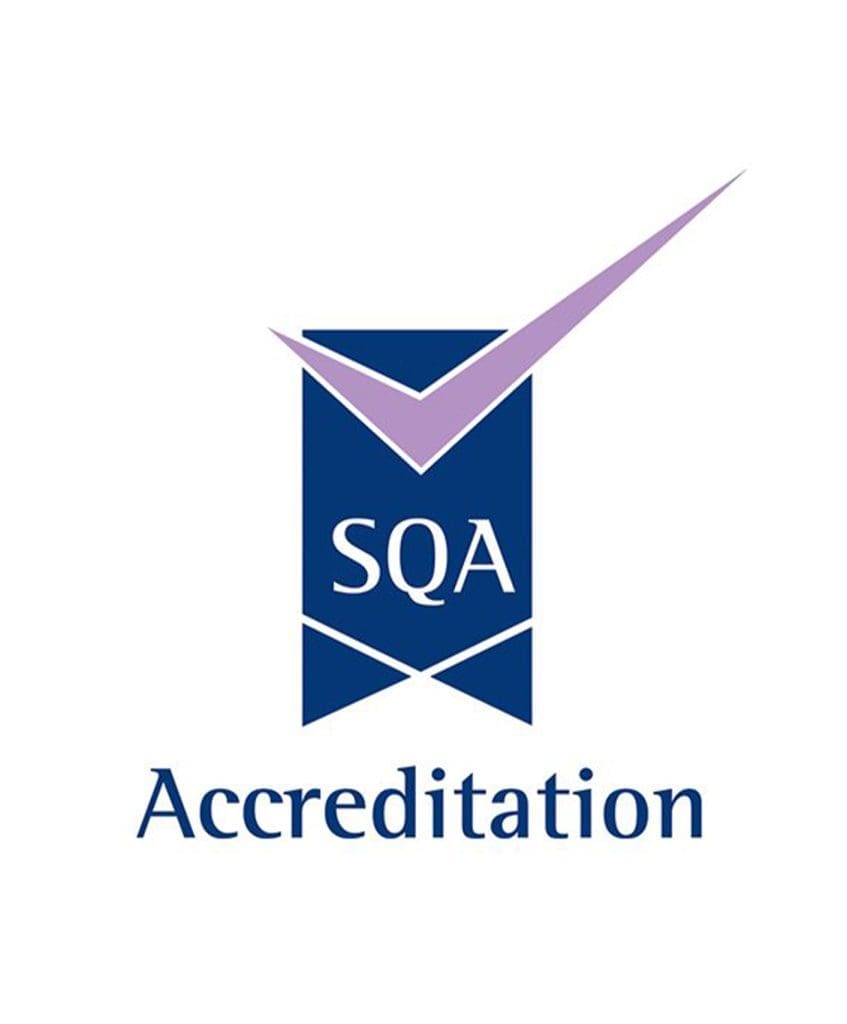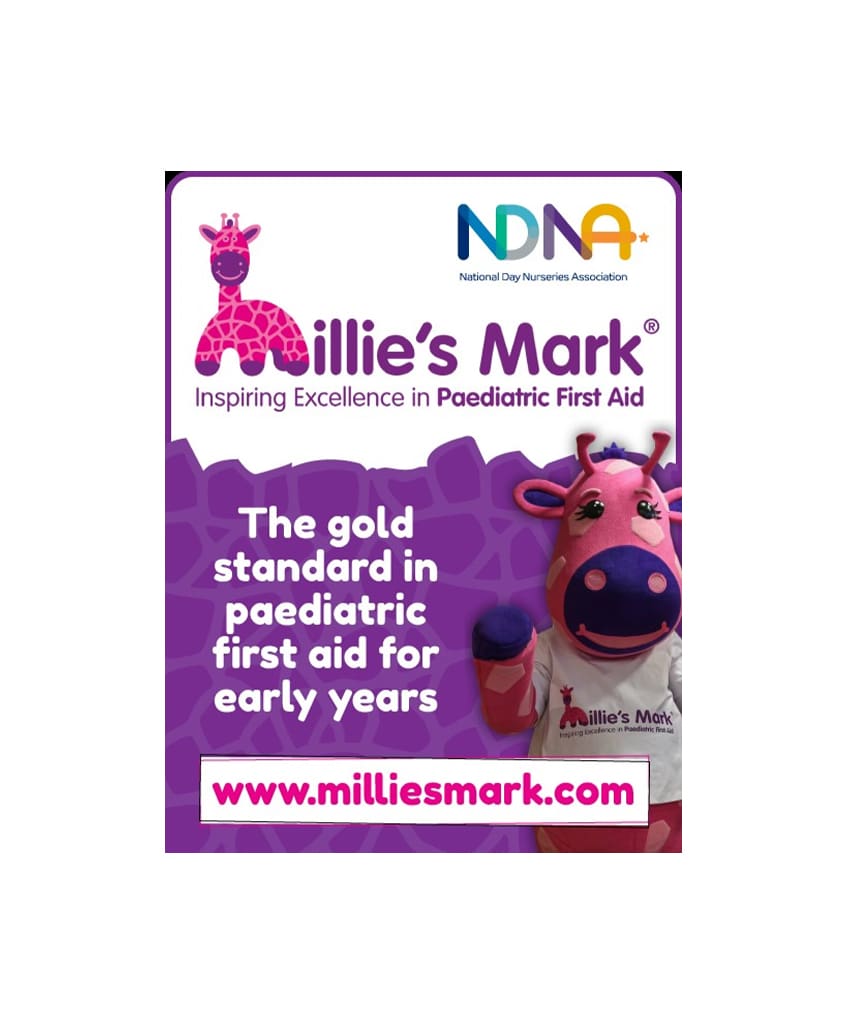What is choking?
This year is exciting as we return to in-person Christmas parties and catch-ups with friends and family. However, whenever there are opportunities to eat and drink more there are also more risks of choking. Witnessing someone choking can be a terrifying experience, but if you are prepared you will panic less in the situation and potentially be able to save a life.
A person chokes when the flow of air to the lungs gets blocked, causing breathing difficulties. In adults, choking usually occurs when a piece of food enters the windpipe instead of the food pipe.
Sometimes the windpipe is only partially blocked and if the person can still breathe, they can cough it out. However, if the object cuts off the airway completely and the person cannot breathe, it then becomes a medical emergency.
How do I know if someone is choking?
You should be able to identify that someone is choking if they are unable to speak, particularly if they are eating, but here are some other indicators:
- They clutch their throat and point to their mouth
- Coughing or gagging
- Have problems speaking or breathing
- Make a whistling sound and become very agitated
- They cannot make any sounds or are unable to cough
- Their skin tone may change to grey/blue in the later stages
- Ultimately the person loses consciousness
What to do if it is only mild choking?
If the airway is only partially blocked and the person can cough, speak, or breathe, then they will be able to remove the blockage themselves.
To help with mild choking in an adult or child over one-years-old:
- Encourage the person to cough to try and clear the blockage
- Do not put your fingers in their mouth as they might bite you as they become agitated.
- Try and stay calm and encourage the person to clear their airway.
What to do if someone is severely choking?
When choking is severe, the person will not be able to cough, speak or breathe. It is imperative to help them before they lose consciousness. To help an adult or child over one years old you would act the following steps:
- Stand behind the person and slightly to one side.
- Support their chest with one hand and lean the person forward so that the object blocking their airway will come out of their mouth, rather than moving further down the airway.
- Give up to five sharp blows between the person’s shoulder blades with the heel of your other hand. (The heel is between the palm of your hand and your wrist).
- Check to see if the blockage has cleared and relieved the obstruction
- If not, give up to five abdominal thrusts.
To carry out an abdominal thrust:
- Stand behind the person who is choking.
- Place your arms around their waist and bend them forward.
- Clench your fist and place it between the navel and the bottom of their breastbone.
- Put the other hand on top of your fist and pull sharply inwards and upwards.
- Repeat this movement up to five times.
If the person’s airway is still blocked after trying back blows and abdominal thrusts and the patient becomes unresponsive, then you must call for help:
- Place the person on the floor on their back.
- Call 999/112 and start cardiopulmonary resuscitation (CPR) immediately.
- Before each rescue breath attempt, check the mouth for any visible obstruction that can be removed easily. (Do not sweep the mouth with your fingers for fear of accidental biting.)
Dealing with the aftereffects of choking
Sometimes the person might require extra medical help if they have a recurring cough after choking or if they feel something is still stuck in their throat. In these circumstances, they can go to their GP during normal hours or go to A&E if it is severe. It is always good for a doctor to examine you after CPR has been performed.
What to do if your baby is choking
One minute you can be having fun with your baby and the next minute they could be choking. These are some things to do if a choking incident occurs:
- Let the baby cough, if there is no sound or their skin turns blue call 999 immediately
- Place the baby face down on your forearm.
- Your arm should be resting on your thigh.
- With the heel of your other hand, give the child five quick, forceful blows between the shoulder blades.
- If this fails, turn the baby on its back so that the head is lower than the chest.
- Place two fingers in the centre middle of the breastbone, just below the nipples. Thrust down rapidly five times. Continue this sequence of five back blows and five chest thrusts until the foreign object comes out or until the infant loses consciousness (passes out).
- If the infant passes out, call 999 immediately and start CPR placing them flat on the ground. This is similar to chest thrusts, administer 30 chest compressions with your two or three fingers in the centre of the baby’s nipples, at a rate of two per second.
- Give two rescue breaths by making a seal over the baby’s mouth for one second making sure their chest rises.
- Continue with chest compressions and rescue breaths until the baby stops choking or medical personnel arrive.
How can I learn CPR?
Cross Counties Training would like to help you and your work colleagues to learn CPR, so that you know what to do in these circumstances.
Take a look at these certified First Aid training courses to help you and your business to be prepared:
- Emergency First Aid at Work(6 hours)
- Paediatric First Aid at Work (12 Hours)
- Emergency First Aid at Work requalification (12 hours)
- Emergency First Aid at Work (18 hours)
If you would like to speak to us about how we could help with your First Aid training requirements, please call us on 01276 586943 or email us at admin@crosscountiestraining.co.uk for hassle-free bookings.








